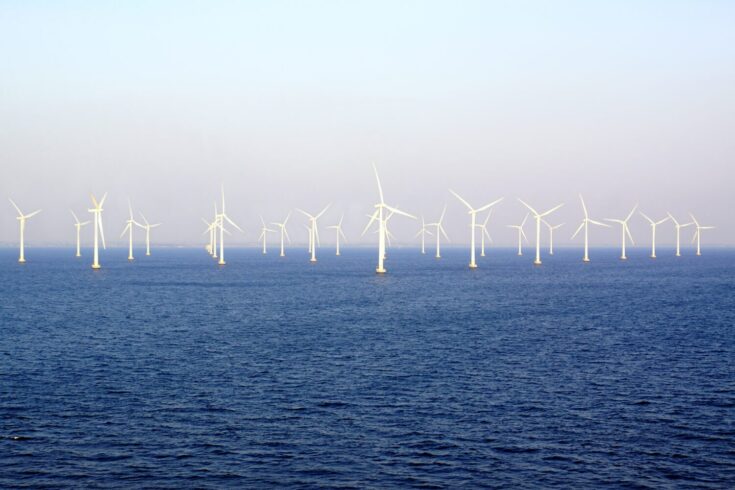The role of offshore wind, including floating offshore wind energy, will grow significantly over the coming decades.
It is forecast that by 2050, 12% of the world’s primary energy supply will come from wind energy, and 20% of this will come from offshore wind.
While offshore wind farms provide clean, reliable and commercially viable energy, the ongoing wear and corrosion from the harsh sea environment can drive up cost and result in downtime to supply.
Material corrosion is currently inspected using underwater remotely operated vehicles which generally need tethers and a human operator. They are also very expensive to operate, while being limited in their accessibility and maneuverability.
Robofish
One potential solution to this is Robofish. Robofish, is a project funded by the Engineering and Physical Sciences Research Council Supergen Offshore Renewable Energy (ORE) Hub Flexible Funding Awards. It has been designed as a robotic fish to replicate the full-body movement of an eel or trout to carry out inspections of offshore wind turbines.
The Robofish:
- allows for greater agility in close proximity to structures
- has better energy efficiency of movement with higher specific thrust efficiency at low swimming velocities compared to conventional designs
- incorporates technology that allows it to loiter and inspect autonomously over a long mission time.
Lead researcher, Dr Mark Post from the University of York said:
Robofish could provide the autonomous approach needed to facilitate otherwise costly and dangerous offshore wind farm inspections, providing higher maneuverability in challenging areas and the ability to build 3D reconstructions and visual maps to further understanding on corrosion.
Future versions will use a range of on-board sensors to record data about the offshore wind turbines’ status, as well as localising and communicating using underwater modems.
Robofish aims to be a low cost and power efficient autonomous underwater platform and could be spun out in the near future to a successful commercial product.
Last updated: 25 October 2021

